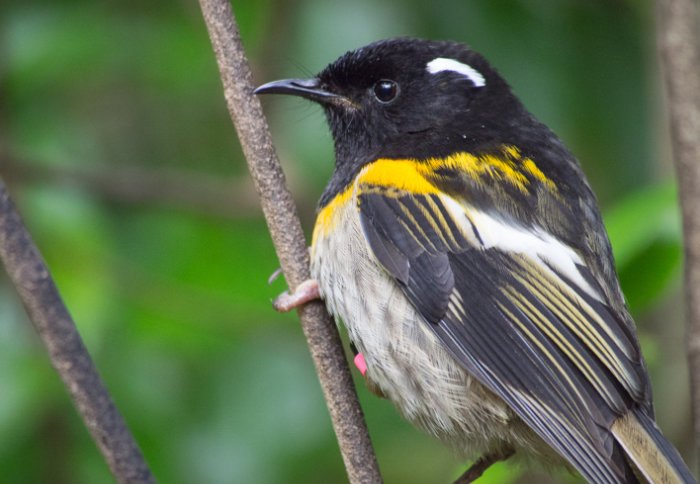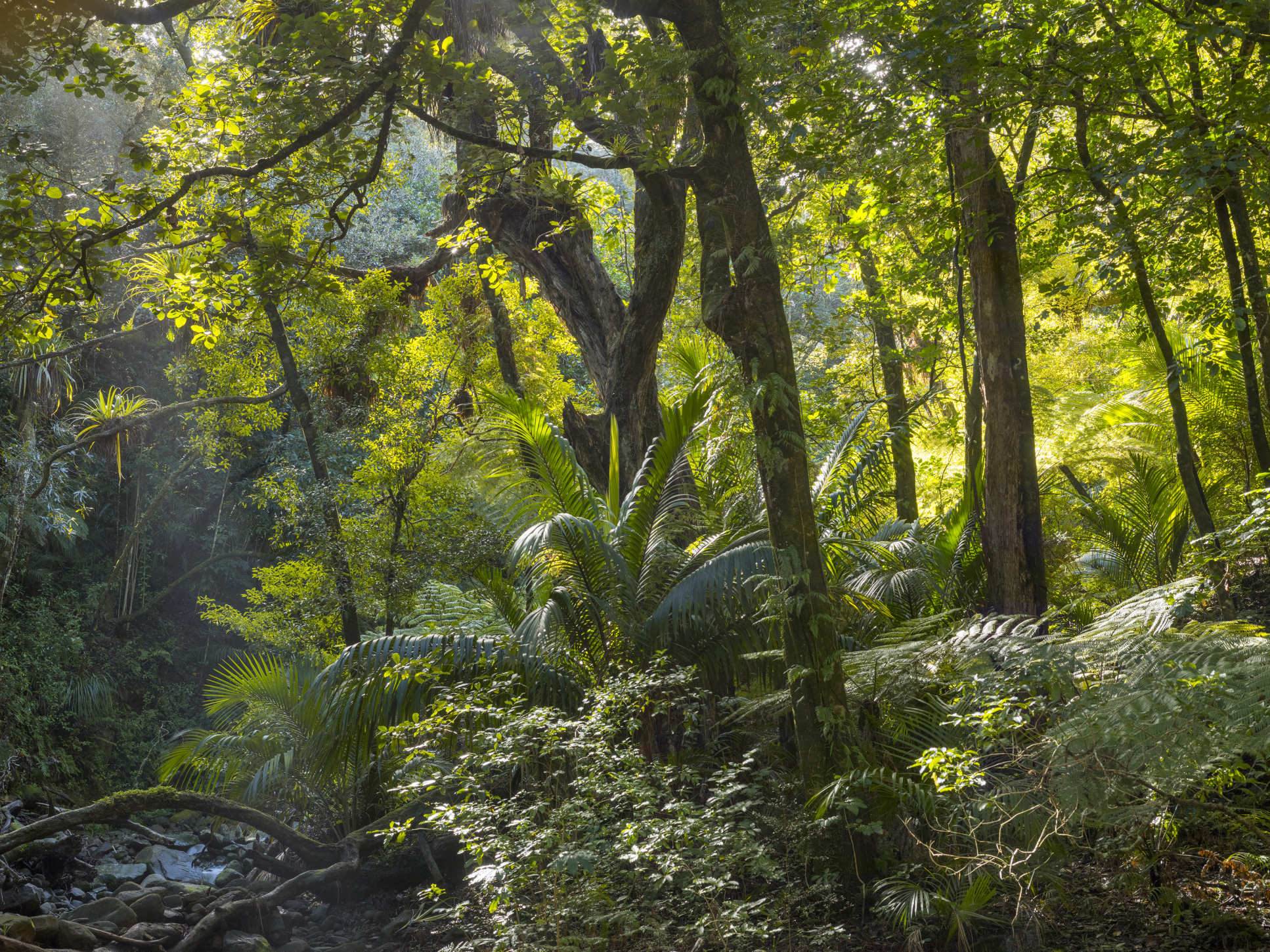

Remote recording devices have been used for the first time to track the reintroduction of a rare species back into its native habitat.
The New Zealand hihi bird is classed as locally extinct across much of its natural habitat, but conservation efforts have reintroduced populations of the bird back into these areas.
However, it is difficult to monitor the success of such reintroduction programmes without interfering with the animals, such as fitting them with radio collars.
Using the calls, we found the birds moved from an initial exploration phase around the habitat, to a settlement phase – meaning the birds had established their own territories, or in other words, a sure sign of a happy hihi. Oliver Metcalf
Instead, scientists from ZSL (Zoological Society of London), Imperial College London and conservationists from the Rotokare Scenic Reserve Trust used acoustic monitoring devices to listen in on the ‘conversations’ of hihi birds, allowing them to assess the success of the reintroduction without impacting the group.
This is the first time scientists have used the calls of a species as a proxy for their movement. A happy hihi call sounds like two marbles clanging together in what is known as the ‘stitch’ call. Scientists saw the calls change from an initial random distribution to a more settled home range – marking the hihi reintroduction as a success.
Oliver Metcalf, now a PhD Candidate at Manchester Metropolitan University, was inspired to use the technology for his masters studies at ZSL’s Institute of Zoology and Imperial College London: “By recording and listening to the hihi calls, we were able to figure out how the birds were using the area they’d been reintroduced to. Using the calls, we found the birds moved from an initial exploration phase around the habitat, to a settlement phase – meaning the birds had established their own territories, or in other words, a sure sign of a happy hihi.”
 Hihi habitat in New Zealand. Credit: Simon Collins
Hihi habitat in New Zealand. Credit: Simon CollinsThe study, published today in Methods in Ecology and Evolution, was carried out in the Rotokare Scenic Reserve in the Taranaki region of North Island, where 40 juvenile birds were released in April 2017. This marked the first time hihi have been seen in the region since their regional extinction over 130 years ago.
An important native species
Once found across northern New Zealand, the hihi or stichbird (Notiomystis cincta) are now classed as locally extinct across most of their former range, due to habitat loss and fragmentation and the spread of non-native mammal predators. There are only a few thousand adults left in highly protected reserves.
Dr John Ewen, Senior Research Fellow at ZSL’s Institute of Zoology said: “Hihi are an important native species, who play a crucial role in pollinating indigenous plant species and need a pristine environment in which to thrive. Reintroduction, or translocation, is considered the most effective conservation action we can take to save the hihi bird in New Zealand, but as with other reintroduction programmes for other species around the world, we’ve found it can be challenging to accurately monitor their success.
“Using acoustic recording devices enabled us to remotely monitor the birds we released, giving us a true understanding of how they settled post-reintroduction – this has really exciting implications for the reintroduction programmes of many other difficult to monitor endangered species globally.”
'First ray of sunshine'
Simon Collins, Sanctuary Manager for Rotokare Scenic Reserve Trust said: “Hihi actually means ‘first ray of sunshine’ and in Maori culture the birds are associated with health – essentially, they’re an age-old indicator of a healthy forest, and not only are they important to protect, but have proved to be a unique and ideal model to study the effectiveness of this new technique, which has huge potential for reintroduction programmes for other species.”
ZSL has played a major part in the hihi’s recovery since 2004 – helping to expand the population from one, to seven new populations across their former range in Northern New Zealand. ZSL works closely alongside Rotokare Scenic Reserve Trust to support the establishment of this most recent reintroduction effort.
-
'A novel method for using bioacoustics to monitor post-translocation behaviour in an endangered passerine' by O. C. Metcalf, J G. Ewan, M. McCready, E. M. Williams, J. M. Rowcliffe is published in Methods in Ecology and Evolution.
Based on a press release by the ZSL.
Article text (excluding photos or graphics) © Imperial College London.
Photos and graphics subject to third party copyright used with permission or © Imperial College London.
Reporter
Hayley Dunning
Communications Division

Contact details
Tel: +44 (0)20 7594 2412
Email: h.dunning@imperial.ac.uk
Show all stories by this author



Leave a comment
Your comment may be published, displaying your name as you provide it, unless you request otherwise. Your contact details will never be published.